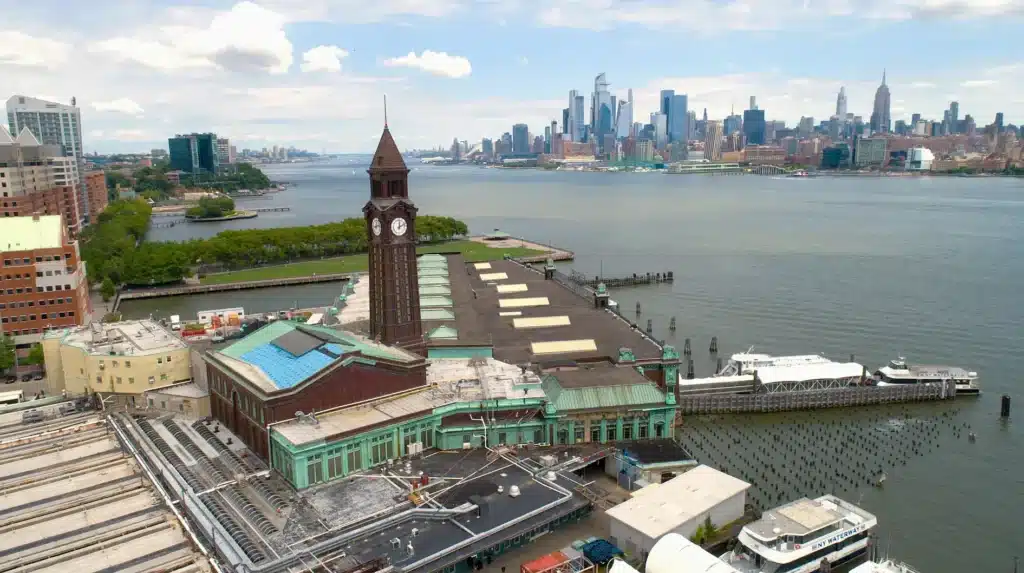The Hoboken NJ Transit Terminal, a pivotal node in the tri-state area’s transportation network, not only exemplifies early 20th-century Beaux-Arts architecture but also operates as a critical interchange for commuters. Each day, this facility efficiently channels thousands of passengers through its gates, linking multiple modes of transport including ferries, trains, and buses, thereby embodying a living, breathing proof to urban transit solutions. As we explore the impact and historical significance of this hub, one might ponder what lessons can be drawn from its century-old operation that could inform the future of urban transportation planning. What insights lie hidden in the ebb and flow of its daily operations?
Architectural Marvels Unveiled
The Hoboken NJ Transit Terminal stands as a reflection of early 20th-century architectural ingenuity, embodying a blend of functionality and ornate design. Constructed in 1907, the terminal showcases a striking Beaux-Arts facade, a style renowned for its grandeur and detail.
The vast waiting room, with its high ceilings and natural light, offers a warm welcome to travelers. Importantly, the terminal’s majestic clock tower serves as a beacon, guiding commuters and visitors alike.
Its intricate copper and steel detailing, influenced by classical European aesthetics, highlights the era’s focus on beauty and durability. This architectural gem not only facilitates travel but also fosters a sense of community and continuity among those who pass through its halls.
A Hub of Diverse Connections
How does the Hoboken NJ Transit Terminal serve as a crucial link in the transportation network?
This bustling hub not only connects various modes of transit—buses, trains, and ferries—but also serves as an essential junction for commuters from New Jersey to New York City and beyond.
Its strategic location on the Hudson River allows for seamless connectivity to Manhattan, facilitated by the PATH system and NY Waterway ferries.
Inside, the terminal intertwines local NJ Transit buses and light rail services, enabling efficient transfers and reducing travel times.
This integration supports a diverse range of commuters, fostering a sense of community among those who pass through its corridors daily, each reliant on this important node in the greater metropolitan transport fabric.
Read more:
Pay Tribute to the Legend: Visiting the Frank Sinatra Statue in Hoboken, NJ
Uncover the Rich History of Hoboken, NJ at the Historical Museum

